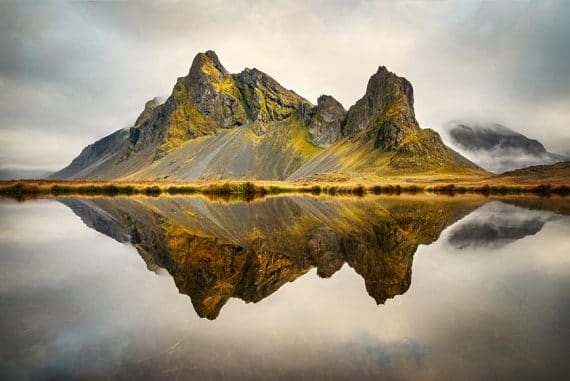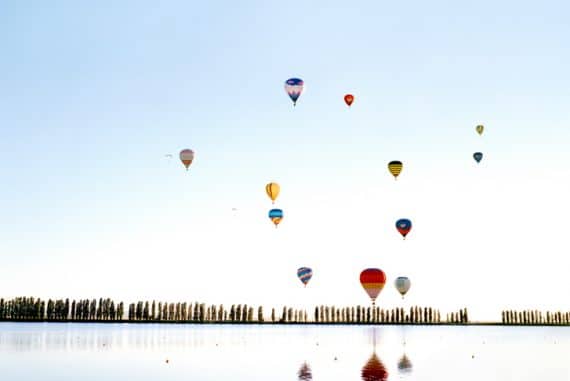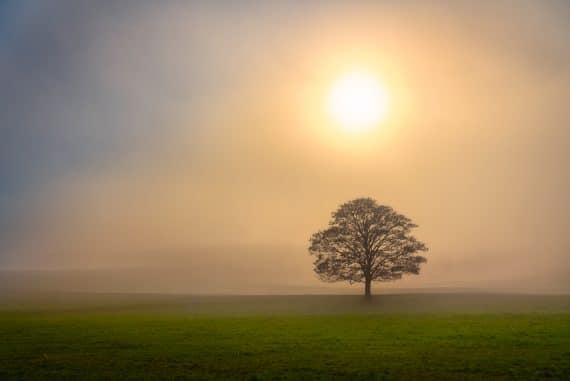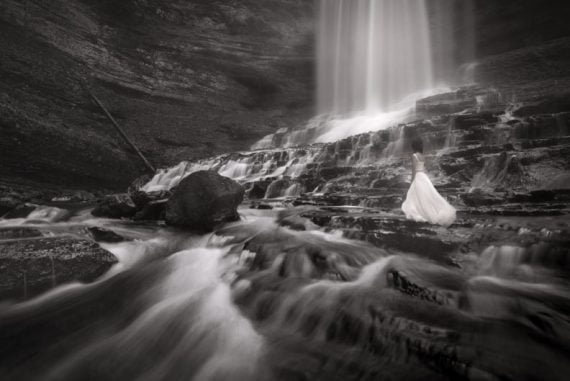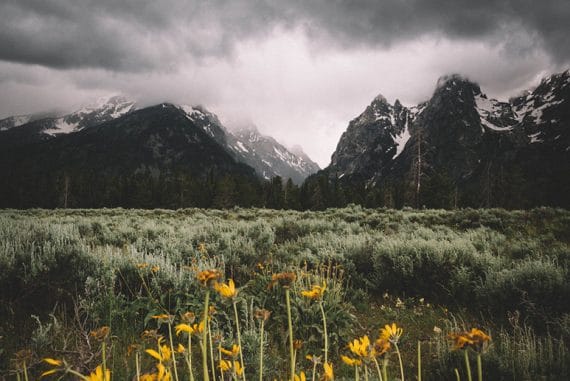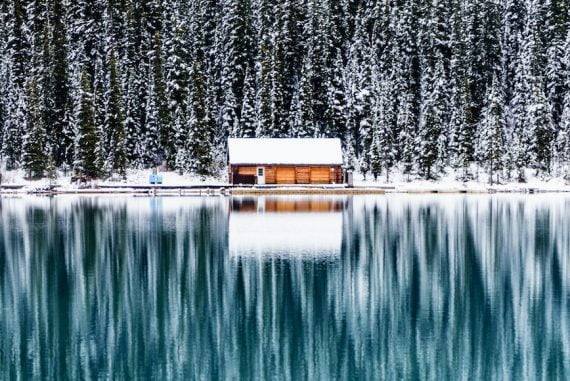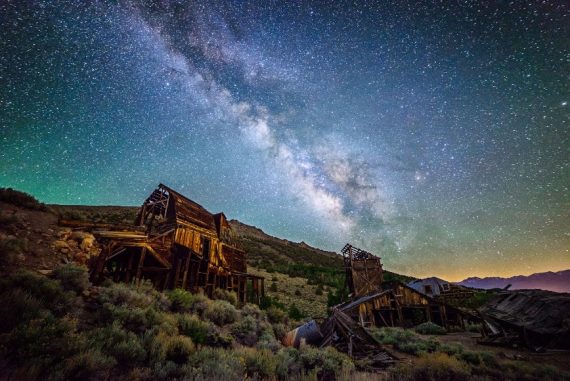Landscape Photographers
What’s the best camera gear for landscape photography?
To answer that question, how about we peek inside the camera bags of over 100 professional landscape photographers from all around the world?
They’ve been there, done that – they’ve gone through the trial and error of spending money on the wrong equipment and narrowing it down to what works for them.
So if you want to become a landscape photographer – professionally or as a hobby – this is a great place to start.
Landscape photography is one of the most popular genres for anyone with a camera (even a smartphone can these days capture pretty impressive landscapes). But to take it to the next level, most use a camera with a high-resolution sensor, like a DSLR or a full-frame mirrorless camera.
Wide angle and/or ultra wide angle lenses are a staple in most landscape photographers’ kits, since they want to be able to capture a full scene in all of its mountainous, aqueous, or urban glory.
That said, honing in on details can also be part of the fun – which means adding to the versatility of their lens collection.
A major bonus for any landscape photography gear – camera bodies and lenses – is weather sealing. By its nature, landscape photography suffers from (or benefits from, if you happen to enjoy a challenge) the unpredictability of weather conditions.
You never know when you might get caught in a downpour. Dust sealing and just general durability of equipment are considerations as well.
Speaking of getting caught in rain or snow or clouds of dust: most of our featured landscape photographers also preach the benefits of a really good camera bag or backpack.
Landscape photography often requires travel – hiking, too – and with all your gear to carry around, you’ll want a solution that’s sturdy and secure, comfortable to carry, and that will protect your gear from the elements.
There are a lot of options on the market. Delving into these landscape photographers’ kits and seeing what they recommend is an excellent way to narrow it down.
Another landscape photography must-have? A tripod. Preferably one that can withhold inclement weather, sudden gusts of wind and unsteady ground.
A quality tripod is an investment. Buying a flimsy one that keeps breaking – or, worse, sends your precious camera gear shattering to the ground – is only going to cause you to spend more in the long run.
Tripods are particularly mandatory for long exposure shots – for example, capturing motion blur in flowing water, or headlights streaming down a road in a cityscape.
There are plenty of other little bits of equipment you might like to invest in as you evolve as a landscape photographer. You’ll find plenty of neutral density filters, polarizers, remote triggers and so on in these kits.
Reading about which tools different photographers use to get their desired effects can be informative and insightful.
Ready to learn some tips and tricks and get better acquainted with the essential equipment used by professional landscape photographers? Put on your (hiking) shoes and take a look around.





